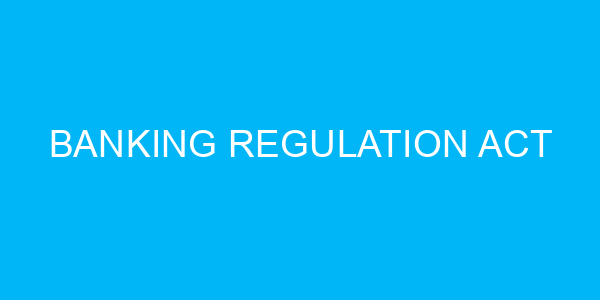31. The Banking Regulation Act, 1949 empowers the Reserve Bank of India to enforce compliance of its directives through:
a) Monetary penalties
b) License cancellation
c) Imprisonment of bank officials
d) All of the above
32. Which act was enacted to secure the banking sector in India from financial instability and protect the interests of depositors?
a) Banking Regulation Act, 1949
b) Reserve Bank of India Act, 1934
c) Negotiable Instruments Act, 1881
d) State Bank of India Act, 1955
33. The Banking Regulation Act, 1949 classifies banks into which two categories?
a) Public sector and private sector
b) Commercial banks and co-operative banks
c) Nationalized banks and regional rural banks
d) Scheduled banks and non-scheduled banks
34. Banks that are listed in the Second Schedule of the Reserve Bank of India Act, 1934 are considered:
a) Scheduled banks
b) Non-scheduled banks
c) Commercial banks
d) Co-operative banks
35. Which of the following is not a key provision of the Banking Regulation Act, 1949?
a) Regulation of bank capital and reserves
b) Regulation of risk management practices
c) Regulation of mergers and acquisitions
d) Regulation of customer complaints




